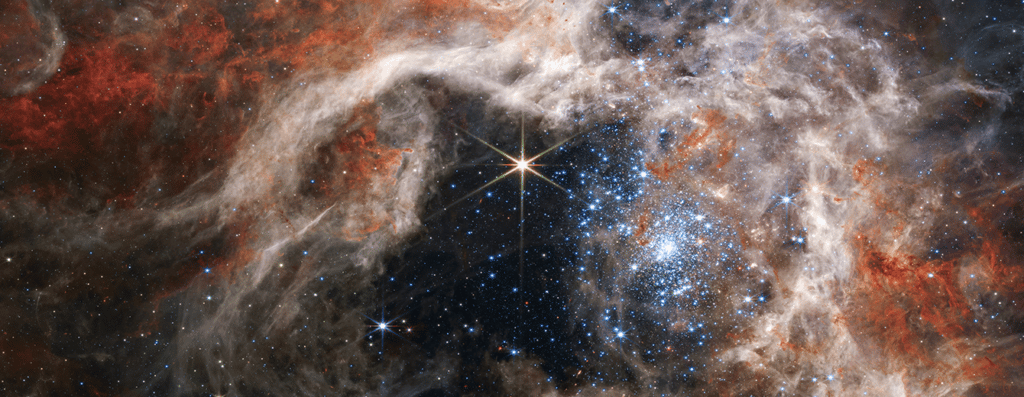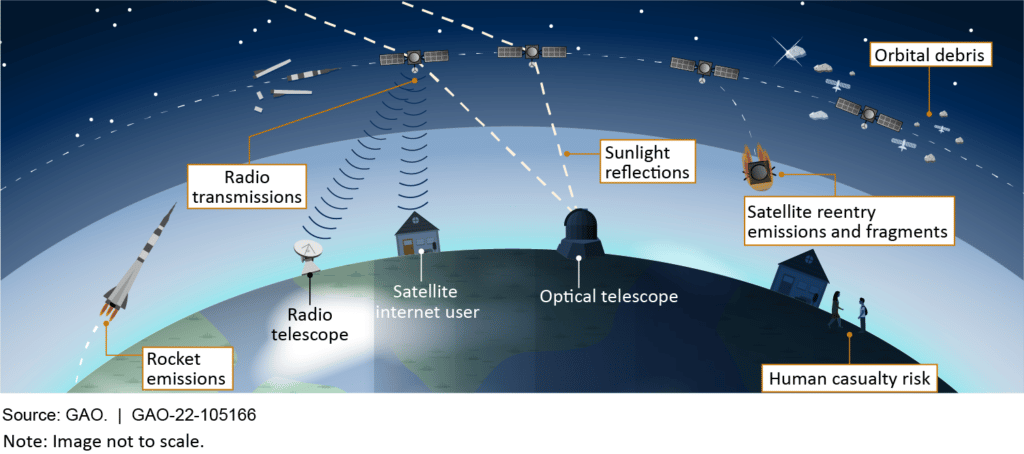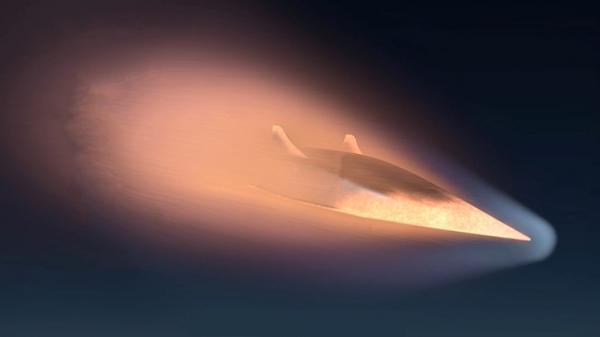This content has been archived. It may no longer be relevant
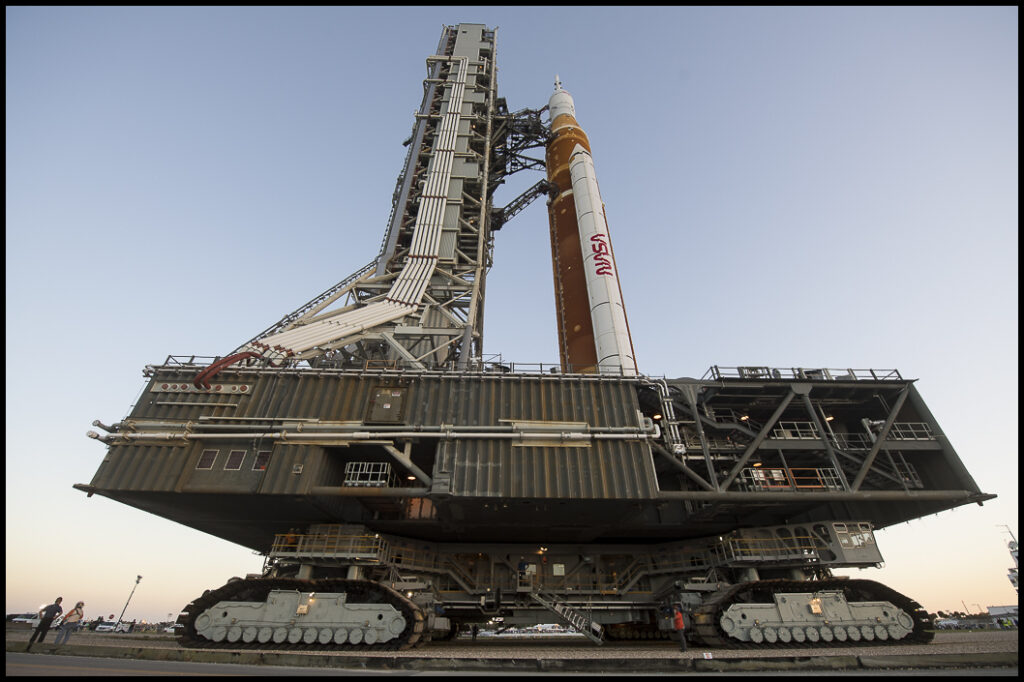
NASA’s Space Launch System (SLS) had an impressive roll out to the launch pad for a dress rehearsal yesterday in preparation for its first uncrewed launch later this year. This is a mammoth rocket–the world’s most powerful, according to NASA. But there is a flip side. SLS is expensive ($11 billion to develop), over budget ($3 billion) and 3 years late. We do not yet know what the production costs will be yet or what it will cost to develop the next versions of the rocket.
Most government rocket development programs experience cost overruns and schedule delays. They are inherently challenging. But it was expected that SLS would do better since it was relying on legacy systems and contracts already in place to get a head start. The graphs below from the Government Accountability Office and the NASA Inspector General shed more light on SLS’s program performance.
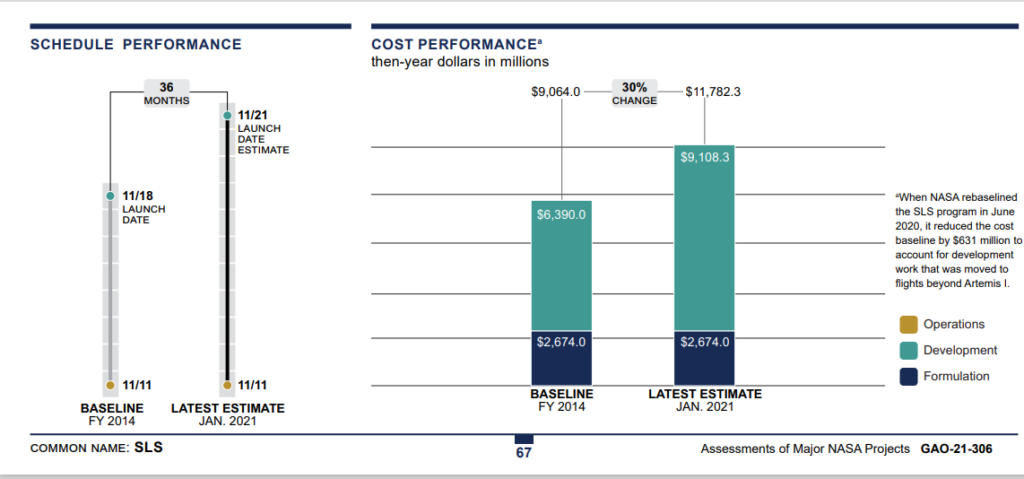
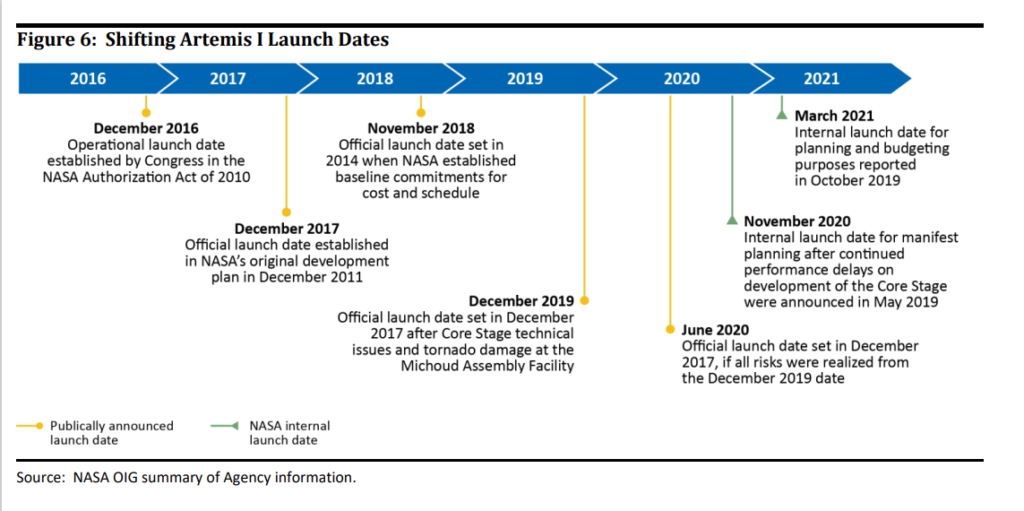
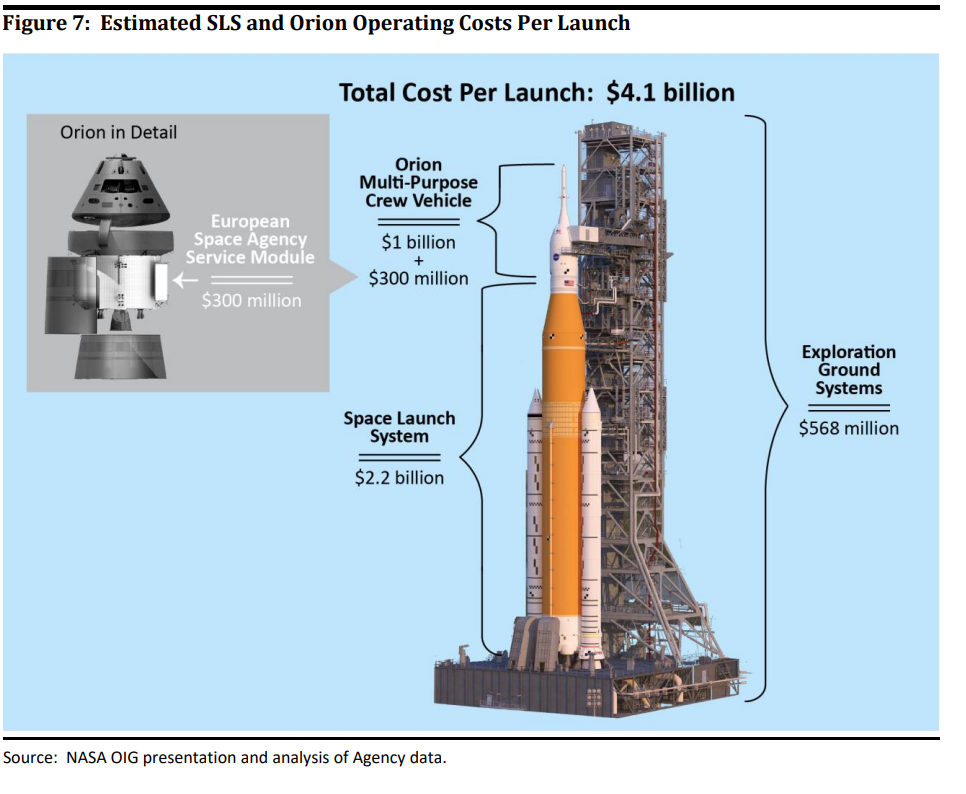
There are many reasons why the program was troubled. Contractor performance and workmanship was poor during crucial phases. The contracts themselves were not structured to incentivize better performance or enable good program oversight. Requirements changes disrupted early efforts. Flat budgets hampered the ability to speed up the program, properly sequence the work, and address problems when needed. These and other management practices exacerbated what was already a technically daunting challenge. Many improvements were made to address these problems, but they came after delays and cost growth already occurred. One last source of delay was COVID.



Moreover, even though SLS continued to fall behind schedule and overrun costs, NASA still paid millions of dollars in award fees from 2014-2018 related to performance. The same was true for the Orion Crew Capsule. NASA has since restructured its contracts to obtain better outcomes and taken other cost reduction measures.
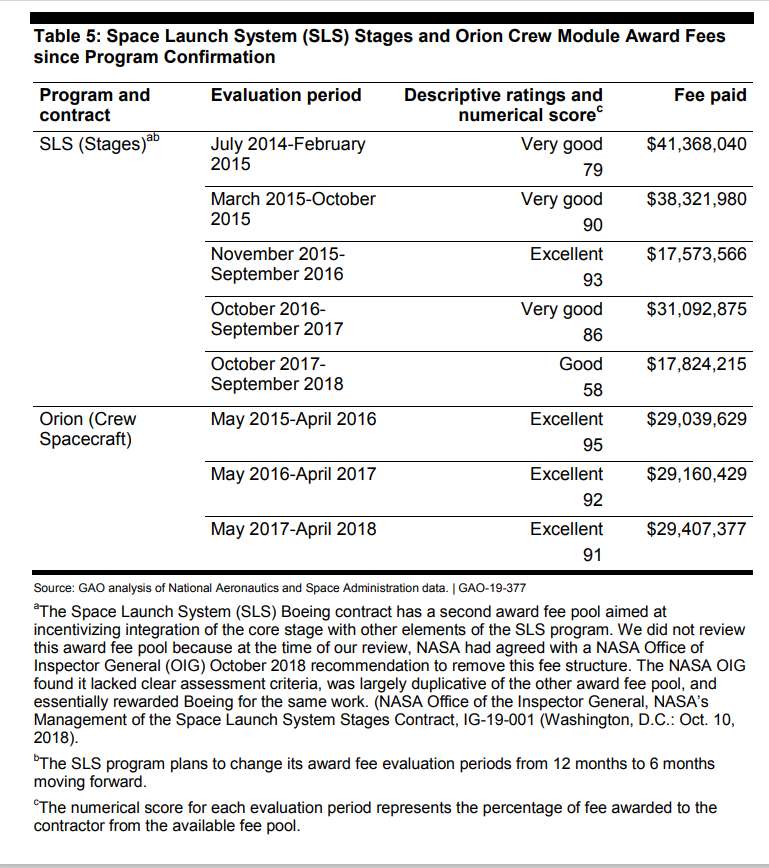
A 3-year delay and 30-percent cost change is substantial, but it is not out of the range of what is experienced by government space programs. Space programs are inherently risky given the technology and engineering challenges involved, particularly when it comes to flying humans. But space programs also tend to be subject to optimistic estimates and high risk management practices. Moreover, SLS was not starting from scratch.
A 3-year delay and 30-percent cost change is substantial, but it is not out of the range of what is experienced by government space programs.
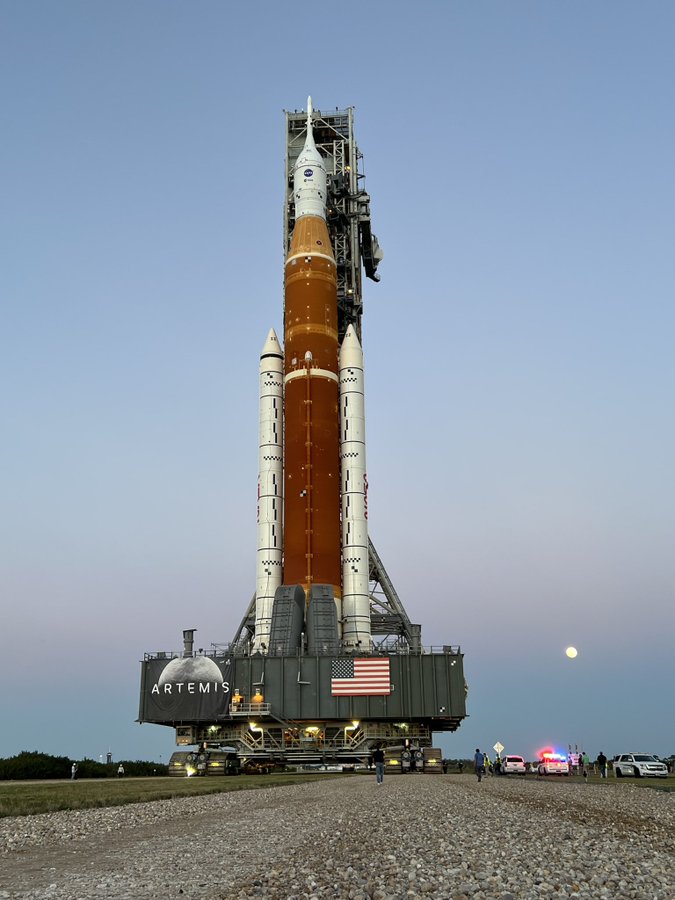
At present, SLS is the only launch vehicle with the capability to lift the Orion crew capsule to lunar orbit. However, in the next 5 to 7 years other human-rated commercial alternatives, such as Space X’s Starship rocket, may become available. NASA’s Inspector General says that NASA should monitor the commercial sector’s progress and consider whether it makes sense to pursue these options in the future. The GAO recommends at least providing better insight into future SLS costs as there is little data on this even though contracts are being awarded to support future missions.
Both the NASA IG and the GAO have recommended better program management practices be followed. A recent GAO report, however, noted that the next iteration of SLS–the Block 1B program–was having difficulty responding to changing direction from NASA headquarters.
Below are links for additional program information on SLS development challenges.
NASA’s monster rocket set to roll out after more than a decade of delays – The Verge (Excellent article on SLS struggles. I may be biased since I was interviewed for it).
Hearings | Hearings & Legislation | House Committee on Science, Space and Technology (Contains recent testimony statements from the GAO, NASA IG, NASA Aerospace Safety Advisory Board, and the American Institute of Astronautics and Aeronautics).
NASA’S MANAGEMENT OF THE ARTEMIS MISSIONS – November 15, 2021
Final Report – IG-20-012 – NASA’s Management of Space Launch System Program Costs and Contracts
Final Report – IG-19-001 (nasa.gov)
GAO-17-414, NASA HUMAN SPACE EXPLORATION: Delay Likely for First Exploration Mission

